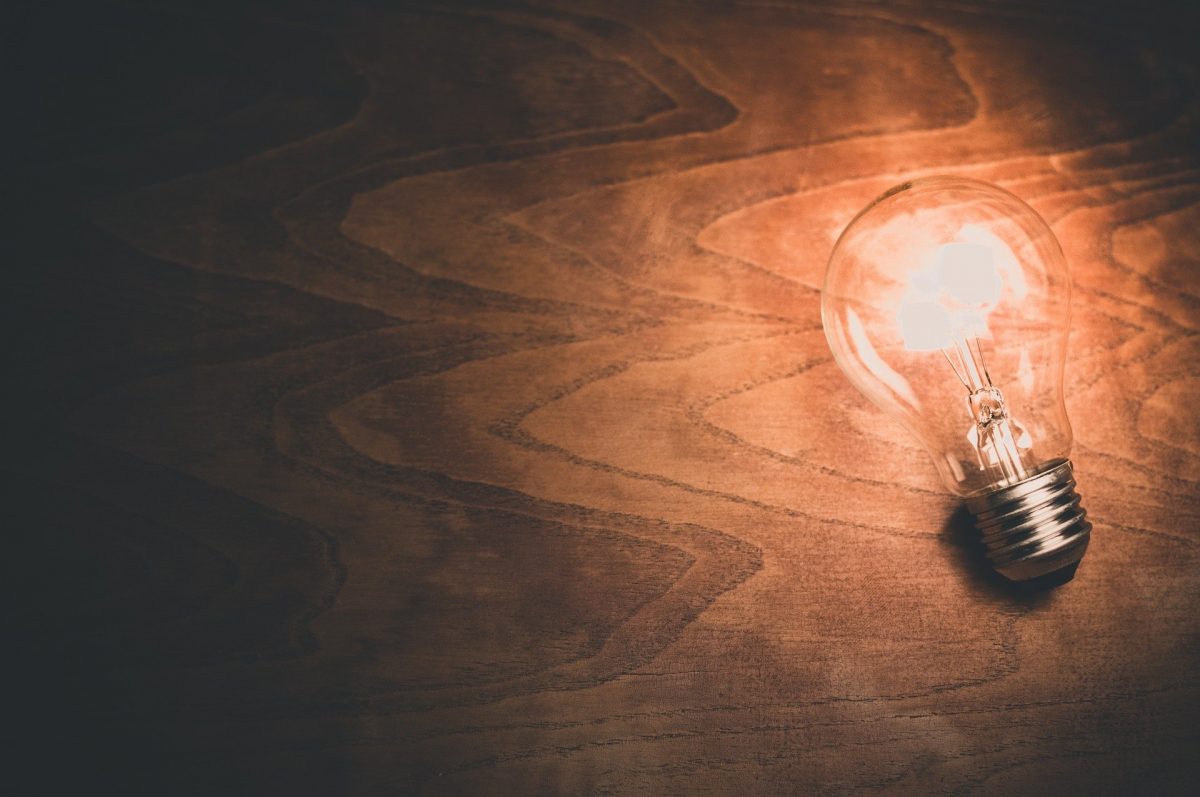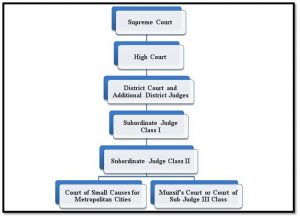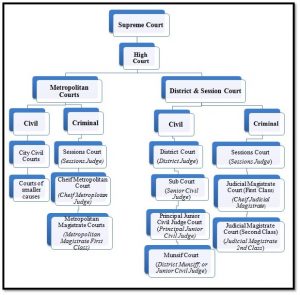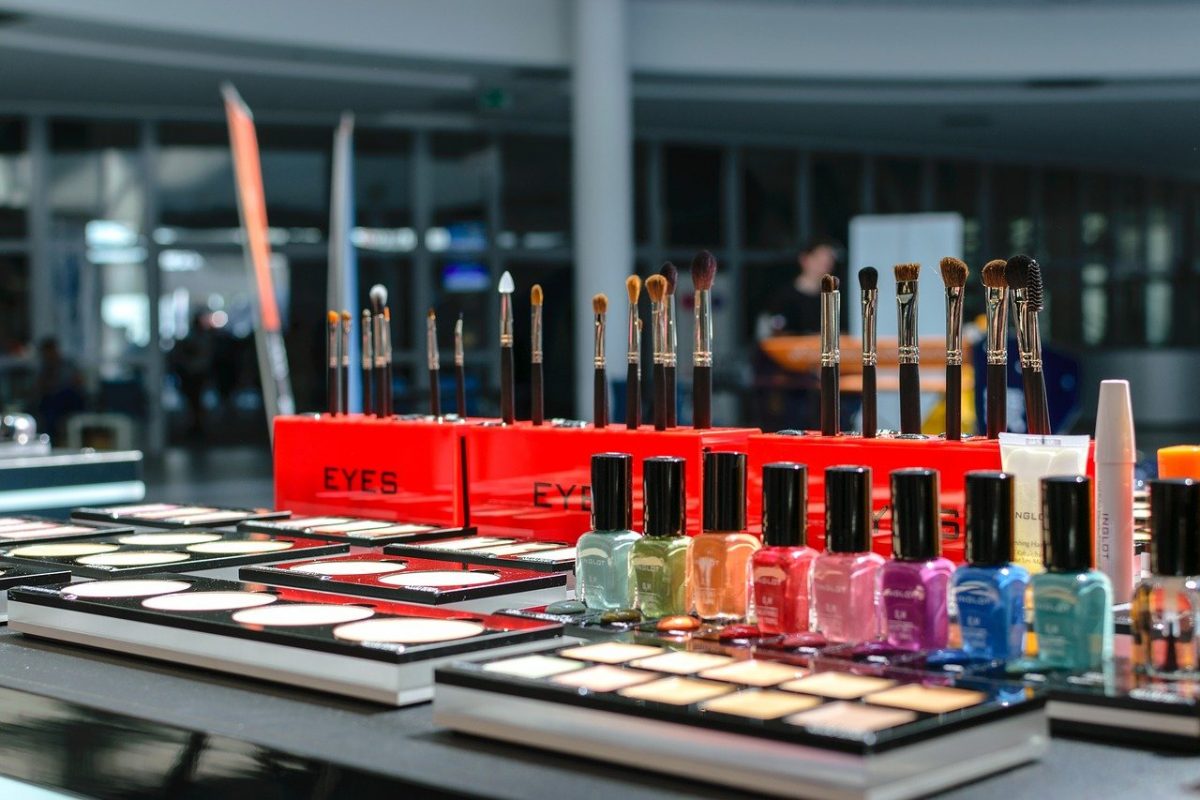By: Vallabhi Rastogi
INTRODUCTION
With the introduction and implementation of ‘Digital India’, major segment of the Indian population has shifted to undertaking online transactions and availing the services offered over the internet. This shift is also because the Government has offered additional benefits for online transactions so as to promote digitization. This increased use of internet has largely exposed Intellectual Property to several risks since it has made “illegitimate copying and reproducing quite easier.”[1] According to World Intellectual Property Organization, “Intellectual Property (IP) refers to creations of the mind, such as inventions; literary and artistic works; designs; and symbols, names and images used in commerce”. Intellectual property being intangible needs to be protected by law in the same sense as corporeal property and therefore, copyright, patent, trademark, trade secrets are some mechanisms under intellectual property rights (IPR) that protect novel innovation from being imitated without permission.
IPR is not a recent concept rather it has evolved a lot subsequent to the industrial revolution in Europe when industrial advancement was at its peak. However, codification of laws relating to intellectual property started in the 19th century. Since then, “IPR have been instilling confidence among creators that their intellectual property is protected, thereby encouraging further innovations.”[2]
Learn more about Intellectual Property Rights with Enhelion’s Online Law firm certified Master Course!
IPR has played a significant role in keeping original ideas and technical productions safe from being illegally copied and manipulated and has fostered creativity and innovations. In order to safeguard such intangible property, many industries across the globe have resorted to IP rights. Sports, Information Technology, Fashion industry, Entertainment, Biotechnology, Pharmaceutical industry are some of those sectors that have readily adapted IPR with the view of legally “safeguarding ownership, thereby, providing distinct identity”[3] and encouraging innovators to conceive and create more ideas.
Intellectual Property Rights acts as a motivation by instilling a sense of trust and ownership in the creators as their creations are safe even when available over the internet. Considering the technological advancement and innovative creations in the current times, it has become a necessity to legally protect them and therefore, enforcement of intellectual property rights backs such inventions and artworks.
Learn more about Intellectual Property Rights with Enhelion’s Online Law firm certified Master Course!
THEORIES OF INTELLECTUAL PROPERTY RIGHTS
Intellectual Property and the importance of IPR traces its origin back to and relevance from the theories of renowned philosophers such as John Locke, Immanuel Kant, John Stuart Mill, Jeremy Bentham, Georg Hegel, etc. The ideologies and theories propounded by them act as the supporting pillar of the jurisprudential aspect of intellectual property rights. The theories of IPR that this paper will talk about are
- The Natural Rights Theory
- Ethic and Reward Theory
- Utilitarian or Incentive Theory
- Personhood Theory
THE NATURAL RIGHTS THEORY
This theory is fundamentally based on John Locke’s concept that an owner possesses a natural right over the things that he produces with the help of his own labor and efforts, either physical or intellectual. Therefore, ownership arises from the labor and innovation of person creating it. Locke believed that “individuals are entitled to control the fruits of their own labor. In his perspective, a person, who cultivates crops by using his own labor or creates a new invention by putting his efforts, naturally obtains property rights,”[4] merely by the virtue of adding his own labor. Similarly, the natural rights theory of intellectual property reflects that an individual naturally acquires ownership of the artwork that he creates or literary work that he authors because he added his own intellectual labor in it.
Locke based his theory on the idea that when a person puts his labor in an unowned object, his labor gets amalgamated with the new object that is then created, which cannot be separated without causing damage to the novel creation thus made. The creator then acquires natural rights over the object in which he applied his intellectual labor. Once the person acquires the property right, his original creation is protected from being used, transferred or manipulated by another person. Any such breach of the intellectual property right of the creator / owner would be against the law.
Learn more about Intellectual Property Rights with Enhelion’s Online Law firm certified Master Course!
ETHIC AND REWARD THEORY
An owner or creator is legally protected under IPR for his novel creations by granting him exclusive rights over the work he produces. These exclusive rights include the right to enjoy the property, exclude others from enjoying it and to dispose the property in any manner he likes. The creator is rewarded for contributing to the welfare of the society by producing his work, however, when an ethical or moral perspective is involved while rewarding it falls under this theory of intellectual property rights. This theory emanates from the concept that granting exclusive rights on an original work are “an expression of gratitude to an author for doing more than the society expects or feels that they are obliged to do.”[5] It implies that other than the profit or remuneration for his production, if any, the individual should also be granted exclusive legal rights over the property so produced since he contributed for the betterment of community.
Ethic and Reward Theory suggests that for producing the original work, the creator might have been given some reward in form of royalty or otherwise, and then the creator should be rewarded again with exclusive legal rights over his novel production since he contributed something for ‘social utility’ that would benefit the society at large. The thinkers supporting this theory believe that the individual who put his intellectual labor for social good must be fairly compensated with his contribution being respected and this can be done by granting him exclusive rights. These exclusive rights act as moral and ethical rewards since the creator would be legally protected under IPR.
Critiques against this theory have contended that just like a person is not punished twice for doing something offensive that causes displeasure to the people similarly, a person who has contributed to the society should also not be rewarded twice.
Learn more about Intellectual Property Rights with Enhelion’s Online Law firm certified Master Course!
UTILITARIAN OR INCENTIVE THEORY
Utilitarianism is “greatest good for the greatest number” which basically implies happiness of the maximum number of people. Therefore, the conduct which causes happiness of a large number of people should be appreciated and promoted whereas the conduct which causes displeasure to the society should be avoided or discouraged. Propounded by Jeremy Bentham and John S. Mill, the concept of utilitarianism helps in socio-cultural and economical progress. Likewise, while inferring it in intellectual property utilitarian concept plays a significant role.
As and when a person creates a product or there is technological innovation within a community, the society benefits from the advancement and progress. Since this progress benefits and causes happiness of the society at large, such innovation and creations are to be promoted and encouraged. Such encouragement can be done by granting exclusive rights to the creator as he has worked hard to empower the society and cause pleasure to the maximum number of people. This will not only create a sense of motivation to put in more efforts but would also make him believe that he and his work are rightfully respected and recognized. Therefore, the authorities or administration are expected to grant such rights and recognize their efforts.
However, while creating and designing the work, the cost of production might be too high. So, the incentive given to the creator might not be sufficient enough to cover the costs incurred. This might discourage the creator as well, thus, preventing him to further experiment and produce.
Learn more about Intellectual Property Rights with Enhelion’s Online Law firm certified Master Course!
PERSONHOOD THEORY
This jurisprudential theory was propounded by famous thinkers like Immanuel Kant and Georg Hegel. Personhood theory of intellectual property rights states that while applying labor to produce some work, a person also incorporates some part of his personality in the creation. An “individual’s personality growth is inherent”[6] and thereby, constitutes an integral part of the creative works. Since exclusive property rights are granted over the creative works and original productions, the creator also gains rights over the personality that is developed during the process. This right to “protect the development of personality extends to material things”[7] as well.
These rights emphasize more on preserving and safeguarding interests related to personality rather than merely protecting the monetary interests. Other than the right to fiscal advantage, the maker should also be given the right to safeguard his personality infused with the creation. Intellectual Property Rights should include protection of both creativity and every other thing incorporated in it.
There exists a loophole in this theory if we consider the fact that once the original work is produced, it is distinct from the creator. As the work becomes available to the public, it is up to them as how they receive and treat it. Therefore, it is not dependent on the person creating it.
Learn more about Intellectual Property Rights with Enhelion’s Online Law firm certified Master Course!
CONCLUSION
It is a well-established fact that Intellectual Property Rights have been quite effective and successful in protecting the novel creations that have facilitated in the upliftment and growth of any nation. They have bolstered and encouraged the society to produce more. It is quite evident that in this age of technological development and increased creation of artworks, competitiveness has found its way. As a result, people might indulge in unfair practices to manipulate or copy other’s creations or use them illegitimately to create something new. To mitigate such incidences, intellectual property rights through patents, trademarks, copyrights and trade secrets have found a permanent place. It ensures that there is no unhealthy competition or any kind of unfair practices. Intellectual Property rights acts as incentives to the individuals who are in the field of research and experimentation. Such encouragements give them a feeling of recognition. These rights not only provide ownership right but also recognize and reward them for their efforts and labor. It protects the economic interests of creators as well.
Each theory has its own approach and perspective of inferring intellectual property rights. There is no specific right or wrong with regards to a theory. Different individuals might relate and favor different theories.
Learn more about Intellectual Property Rights with Enhelion’s Online Law firm certified Master Course!
There has been a recent surge in the requirement and use of IPR laws in India. Indian Courts of Law have been reasonably strict in regulating intellectual property rights and awarding punitive damages to deter further infringement. “Prioritizing IPR has become necessary for socio-economic development.”[8]
Based on these theories there are some loopholes and incongruities which need to be looked into. Moreover, with changing times and continuous advancement, there can be several challenges which the existing IPR laws might have to cope with. The coming years would be very essential to evaluate the progress and improvisation of domestic IPR laws in comparison with the international ones. It would be interesting to see how IPR laws unfold in the upcoming years.
[1] The Effects of the Internet on Intellectual Property Rights, SACRAMENTO INTELLECTUAL PROPERTY LAW BLOG (Mar 27, 2017). https://www.petersonwatts.com/blog/2017/03/the-effects-of-the-internet-on-intellectual-propertyrights/#:~:text=Patents%2C%20trademarks%20and%20copyrights%20are,protected%20to %20the%20fullest%20extent.
[2] Varun Sharma & Gautam Kumar, Patent Litigation – Trend and Development, CHAMBERS AND PARTNERS, (2020).https://practiceguides.chambers.com/practice-guides/patent-litigation-2020/india/trends-and-developments.
[3]Singh and Associates, India: Role of IPR in Sports, MONDAQ (May 22, 2019). https://www.mondaq.com/india/sport/808132/role-of-ipr-in-sports
[4] Adam Moore & Ken Himma, Intellectual Property, Stanford Encyclopedia of Philosophy (Oct 10, 2018) https://plato.stanford.edu/entries/intellectual-property/.
[5] L. BENTLY & B. SHERMAN, INTELLECTUAL PROPERTY LAW 36 (3RD ED. 2008).
[6] Jane Secker, Considering Theories of Intellectual Property on World IP Day, UK COPYRIGHT LITERACY, (2018), https://copyrightliteracy.org/2018/04/26/considering-theories-of-intellectual-property-on-world-ip-day/.
[7] Mikhalien du Bois, Justificatory Theories for Intellectual Property Viewed Through the Constitutional Prism, PER/PELJ (2018). http://www.scielo.org.za/pdf/pelj/v21n1/19.pdf.
[8] Varun Sharma & Gautam Kumar, Patent Litigation – Trend and Development, CHAMBERS AND PARTNERS, (2020).https://practiceguides.chambers.com/practice-guides/patent-litigation-2020/india/trends-and-developments.







